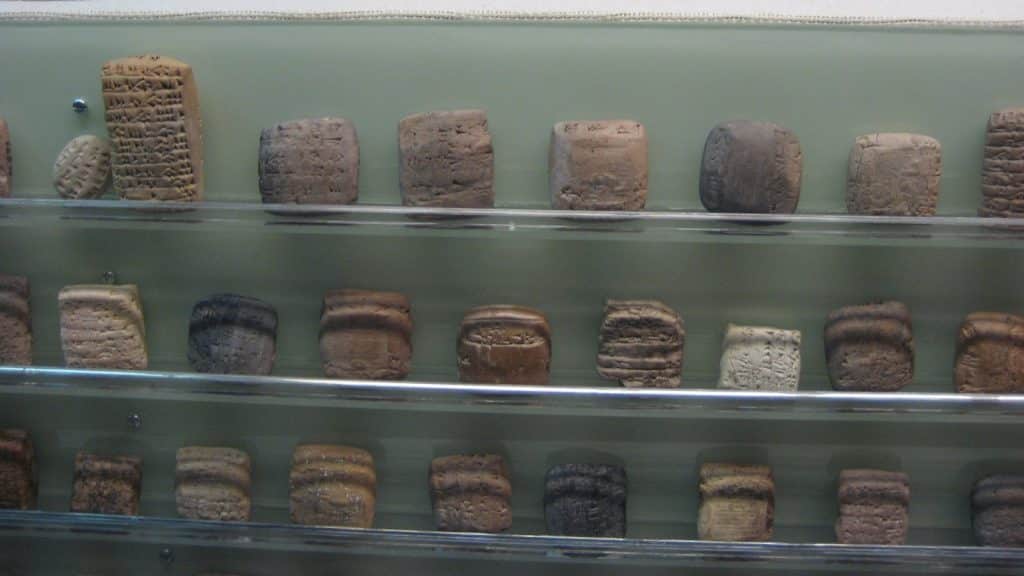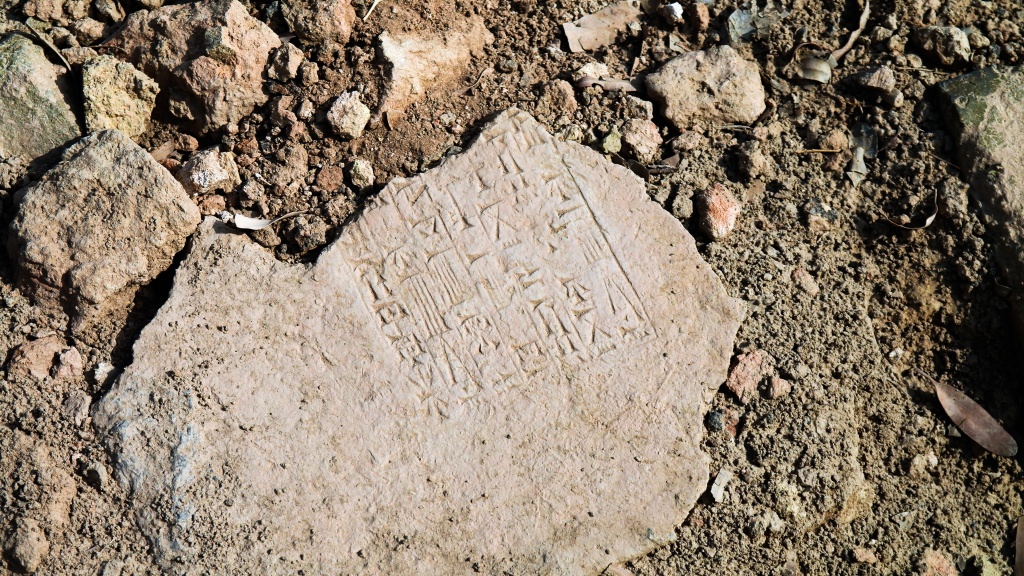Artificial intelligence (AI), as you know, is revolutionizing many fields, and there is no shortage of archeology and linguistics. Recently, an innovative project used AI to translate cuneiform, one of the world's earliest forms of writing, dating back over 5000 years. A development that could open up new opportunities for understanding ancient Mesopotamian civilizations.
Ladies and Gentlemen: the cuneiform
Cuneiform is a writing system that has been used for over 3000 years in Mesopotamia and other parts of the Middle East. It was used to write several languages including Sumerian, Akkadian, and Hittite. However, translating cuneiform is a difficult and laborious task, requiring years of study and practice.
Recent activity has attempted to simplify this process with a computerized “help”. The project, led by a team of researchers at the University of Chicago, developed a system similar to Google Translate for cuneiform, which uses machine learning to recognize and translate cuneiform characters.
In a nutshell, it's like putting Google Translate and a time machine together.

How does it work?
The program (illustrated in this scientific article) uses a convolutional neural network, a type of artificial intelligence particularly adept at image recognition. The network was trained on a dataset of more than 6.000 cuneiform tablets, enabling it to recognize and translate over 90 different characters.
Once trained, the network can take an image of a cuneiform tablet and produce an English translation. This process is much faster and less laborious than manual translation, and could allow scholars to translate a much larger number of artifacts.
Limits and Potential
As you can imagine, the system also has its limitations. Machine translation can be inaccurate, and the network can have difficulty recognizing cuneiform characters from artifacts that have been damaged or eroded. Furthermore, the network can only translate languages for which it has been trained, which means it cannot translate texts written in less common variants.
Despite these limitations, the project represents a significant step forward in cuneiform translation. It could allow scholars to access a much greater amount of information about ancient Mesopotamian civilizations.
A dive into the deep water of the past, to increase our future knowledge.


